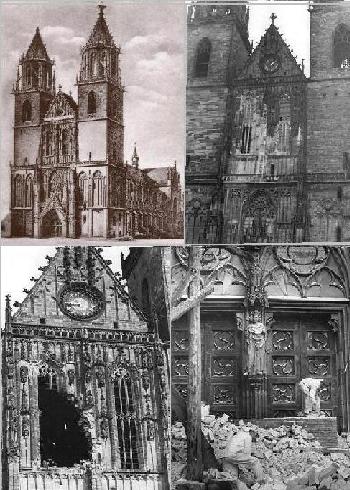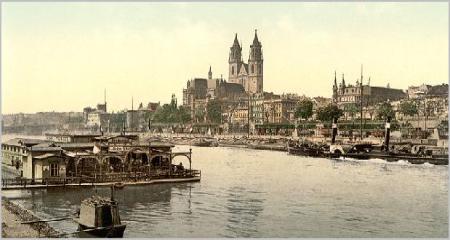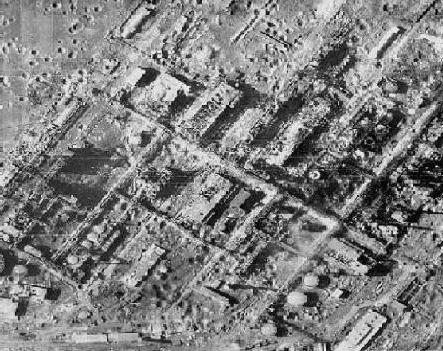

The Dom had its beginnings in 937 with an abbey, and the cathedral was constructed over a 300 year period starting in 1209. The first cathedral burned on Good Friday 1207 in a city fire. Archbishop Albrecht II von Kefernburg erected a new cathedral on the site in 1209, but the old crypt remains. The Dom was continuously constructed and refined over the span of 300 years, ending sometime after 1274, but briefly resuming under Archbishop Otto von Hessen. The Dom was opened in 1363, and construction stopped again until 1477 under Archbishop Ernst von Sachsen. The construction of the cathedral was completed in 1520.
When Magdeburg became a leader in the Protestant reformation, the priests of the cathedral converted to Protestantism, holding the first Protestant mass here in 1567. In 1631, during the Sack of Magdeburg, only the 4,000 citizens who sought refuge in the cathedral survived the carnage. The cathedral survived the burning of the city, but only after being forcibly re-dedicated as Catholic. However, Tilly’s Catholic forces completely looted the cathedral before leaving the city shot out its beautiful windows. At the end of the Thirty Years’ War, Magdeburg had a population of only 400 left of its 20,000 people. It became a large fortress and a part of Brandenburg until 1806 when it was given to Napoleon who used the cathedral as a horse barn. After French occupation ended in 1814, Friedrich Wilhelm III of Prussia had the cathedral was repaired and its windows restored.
Allied bombing completely destroyed the windows. During most intense firebombing on January 16, 1945, bombs hit the cathedral’s west side, causing horrific destruction and destroying the organ.


